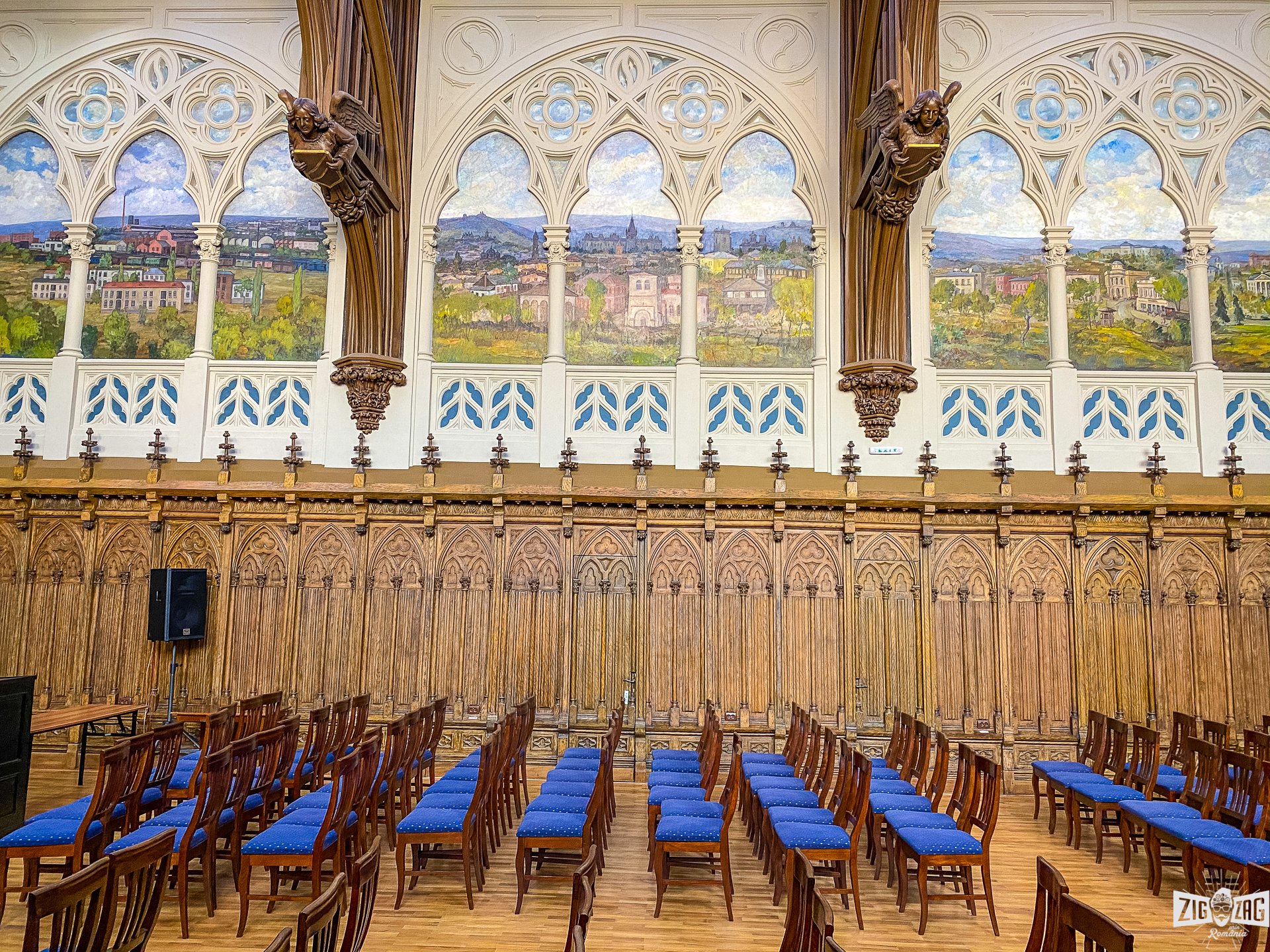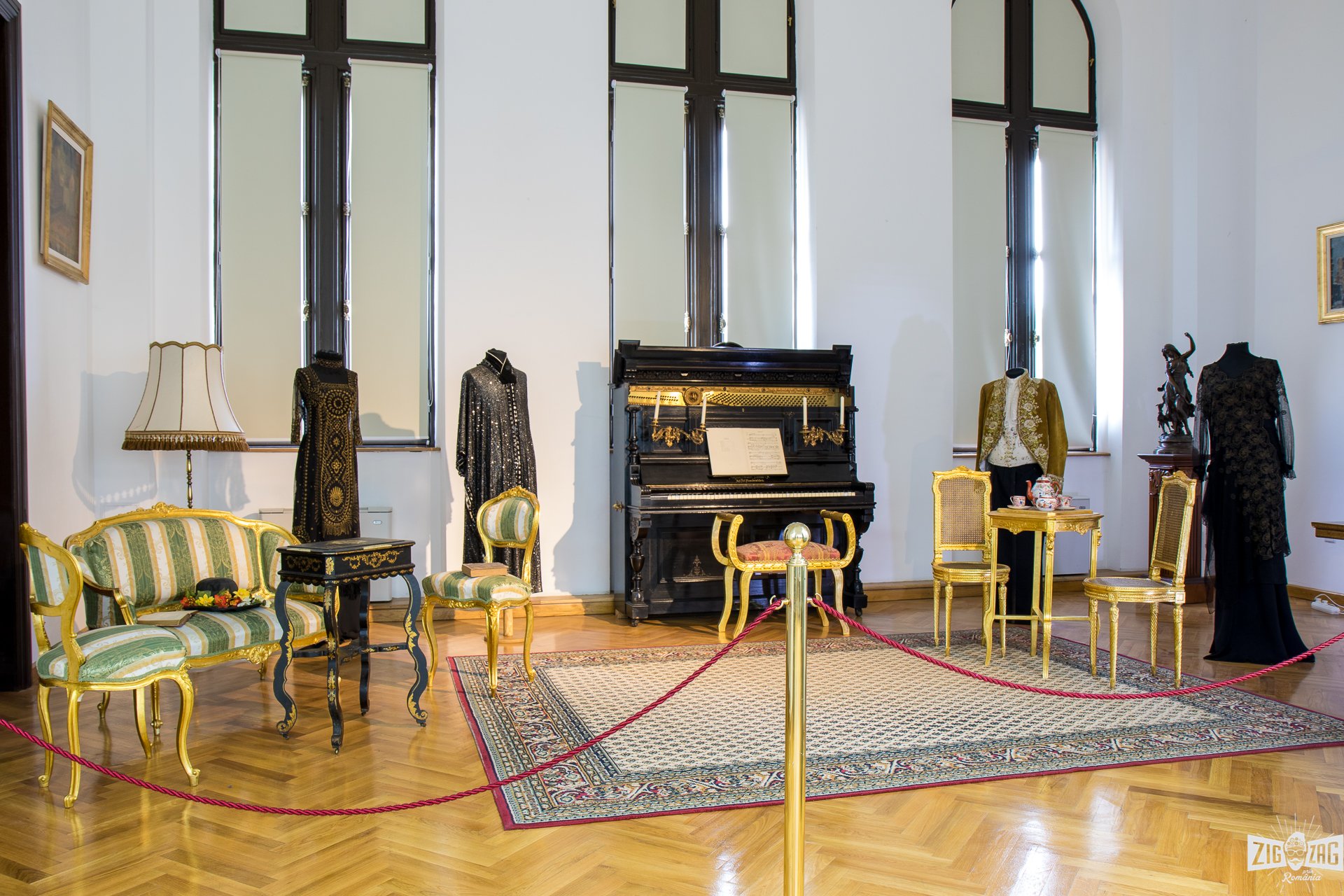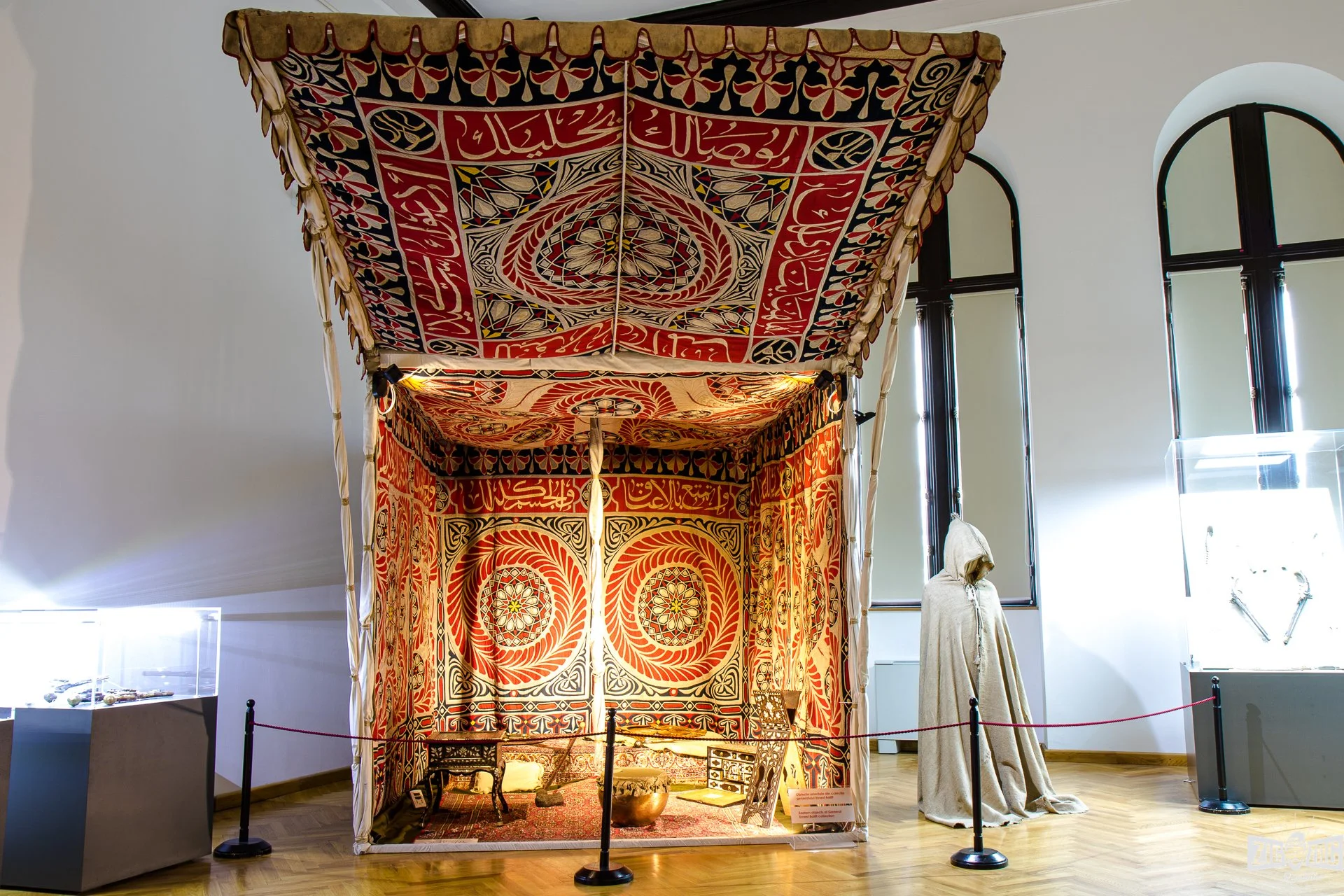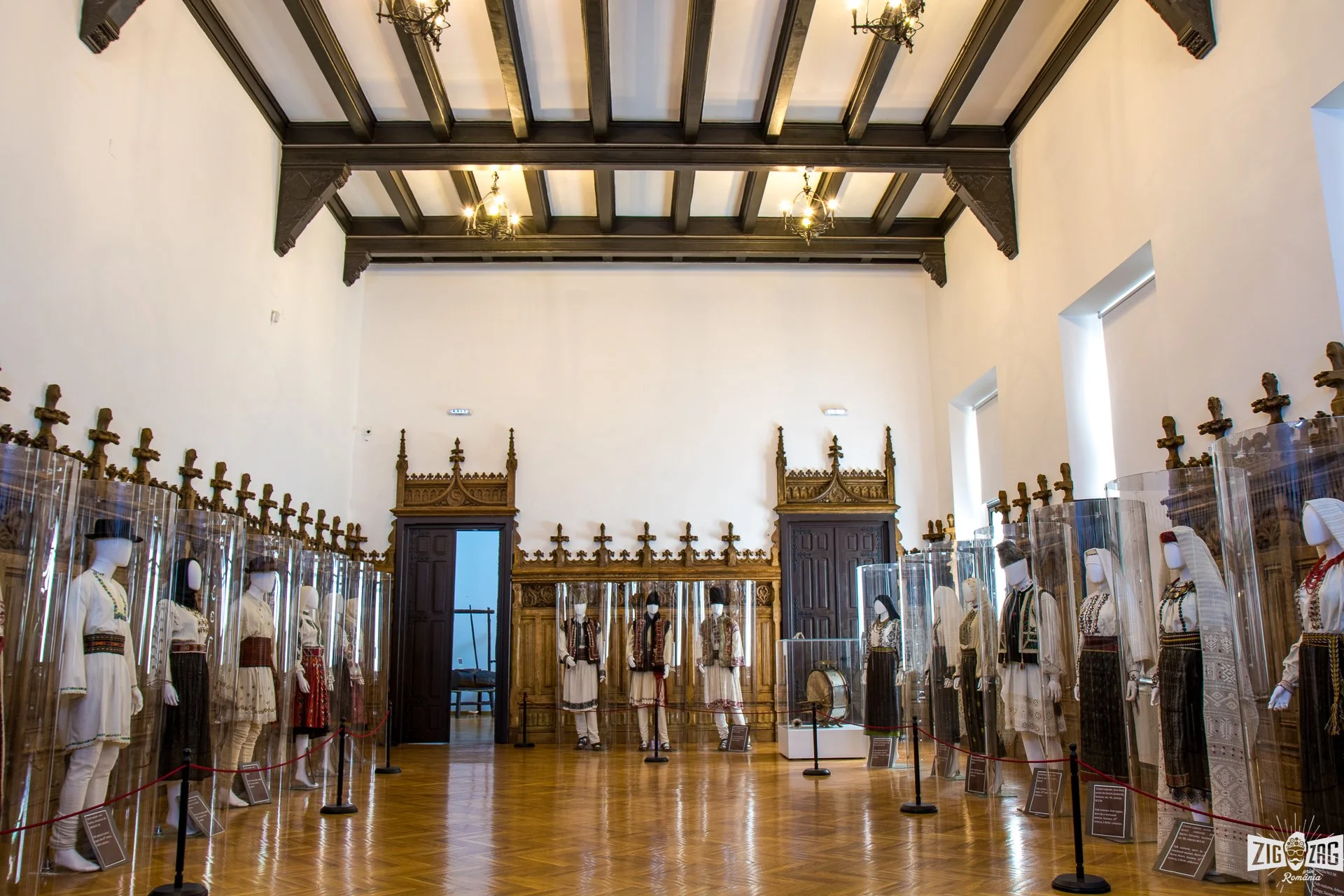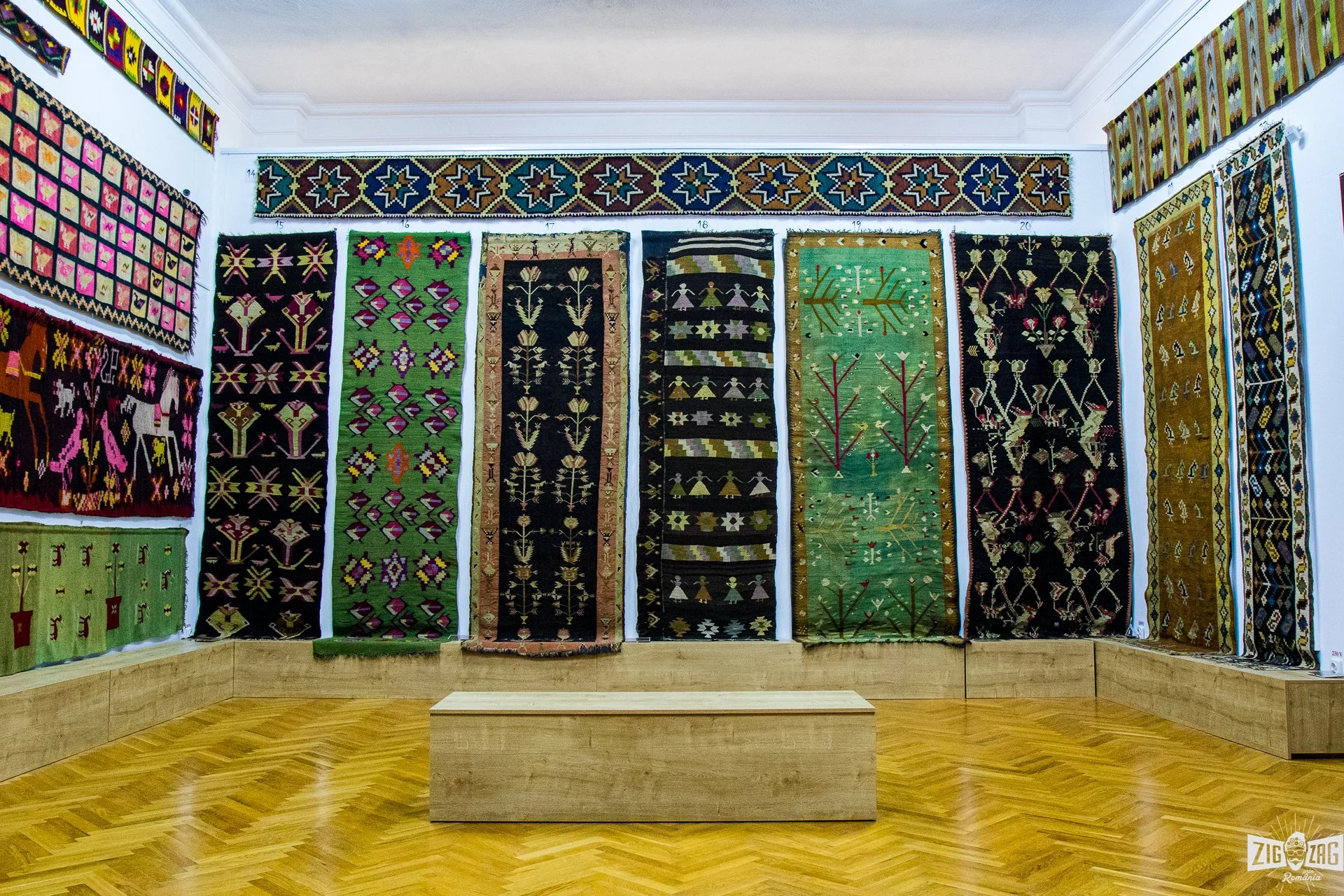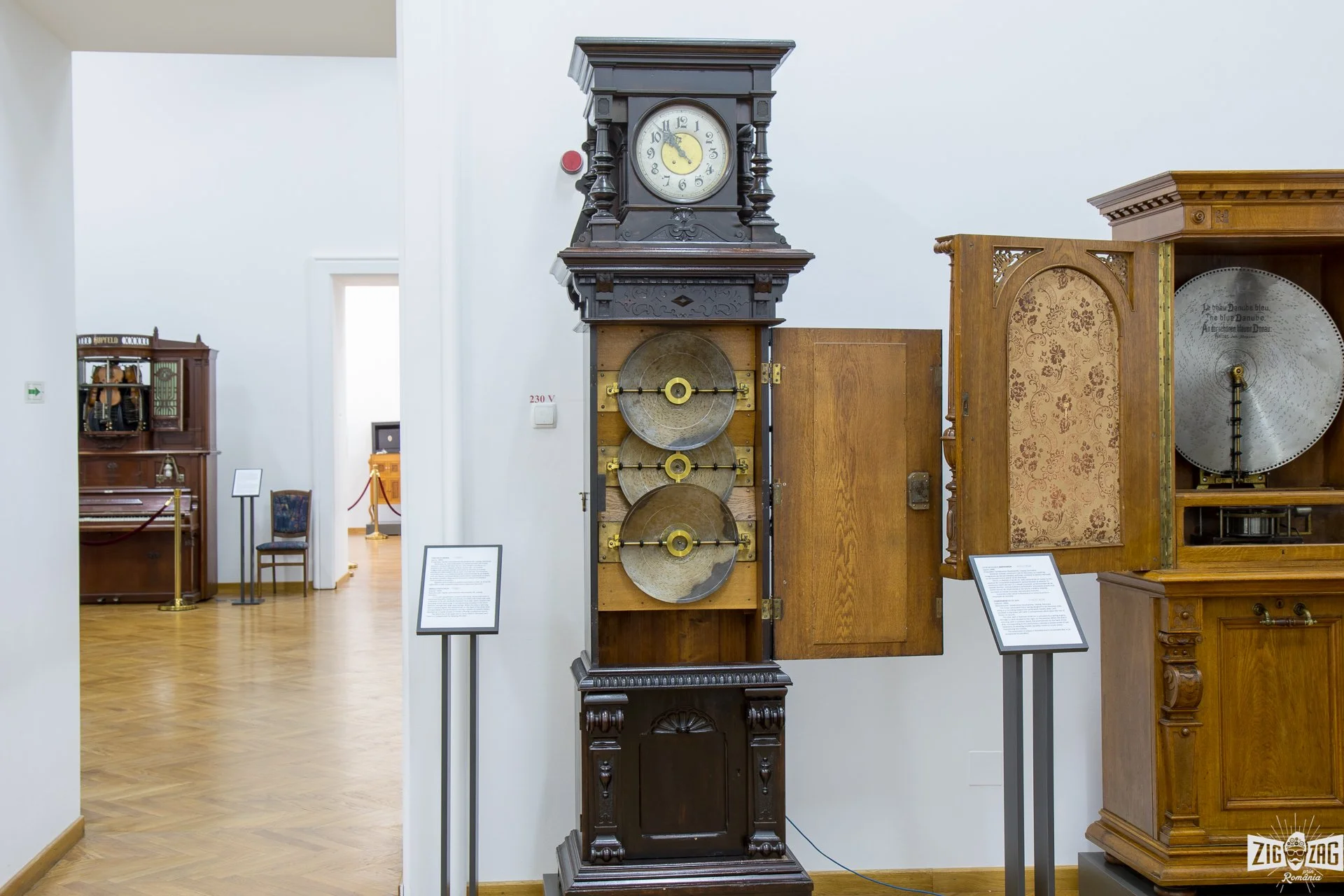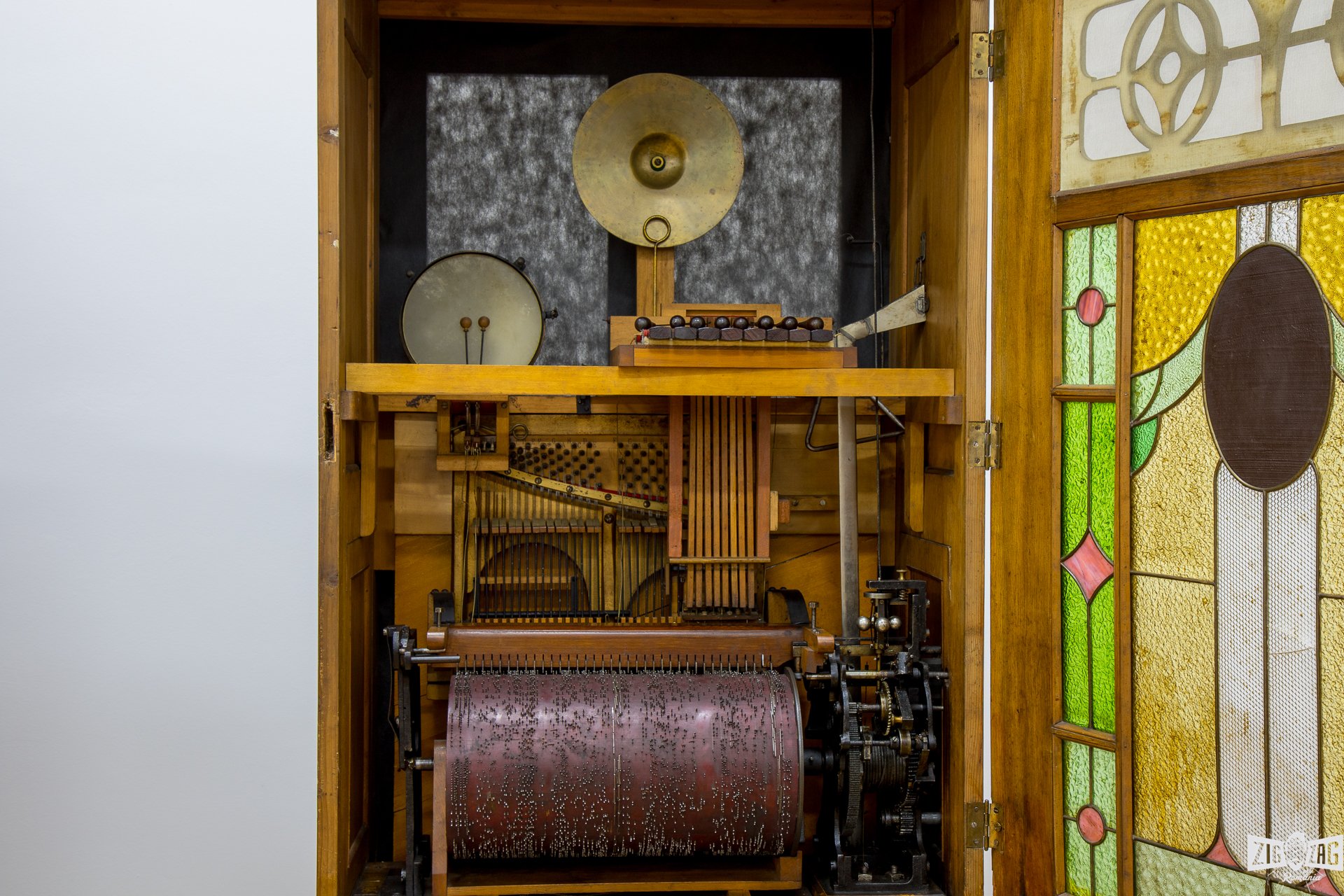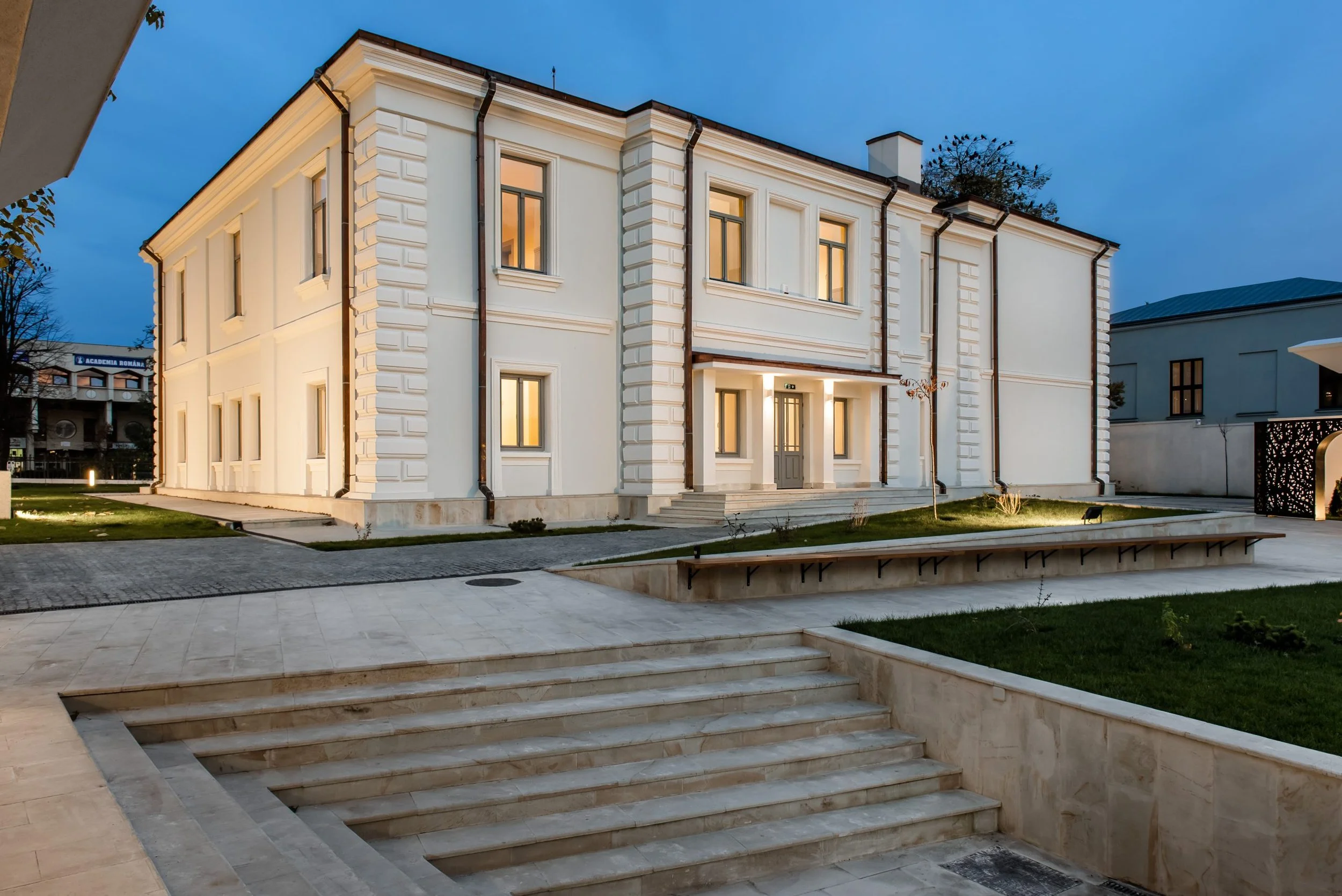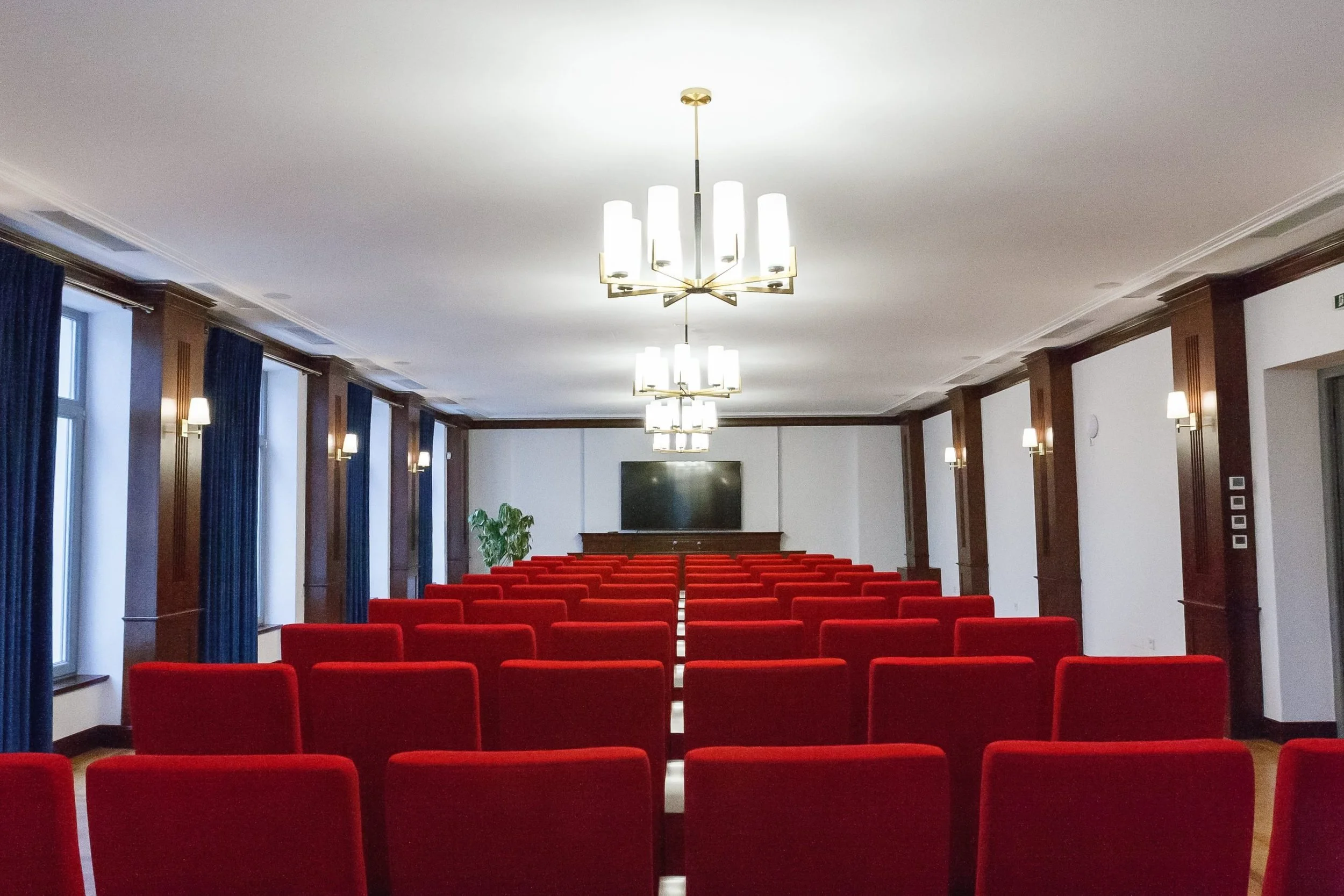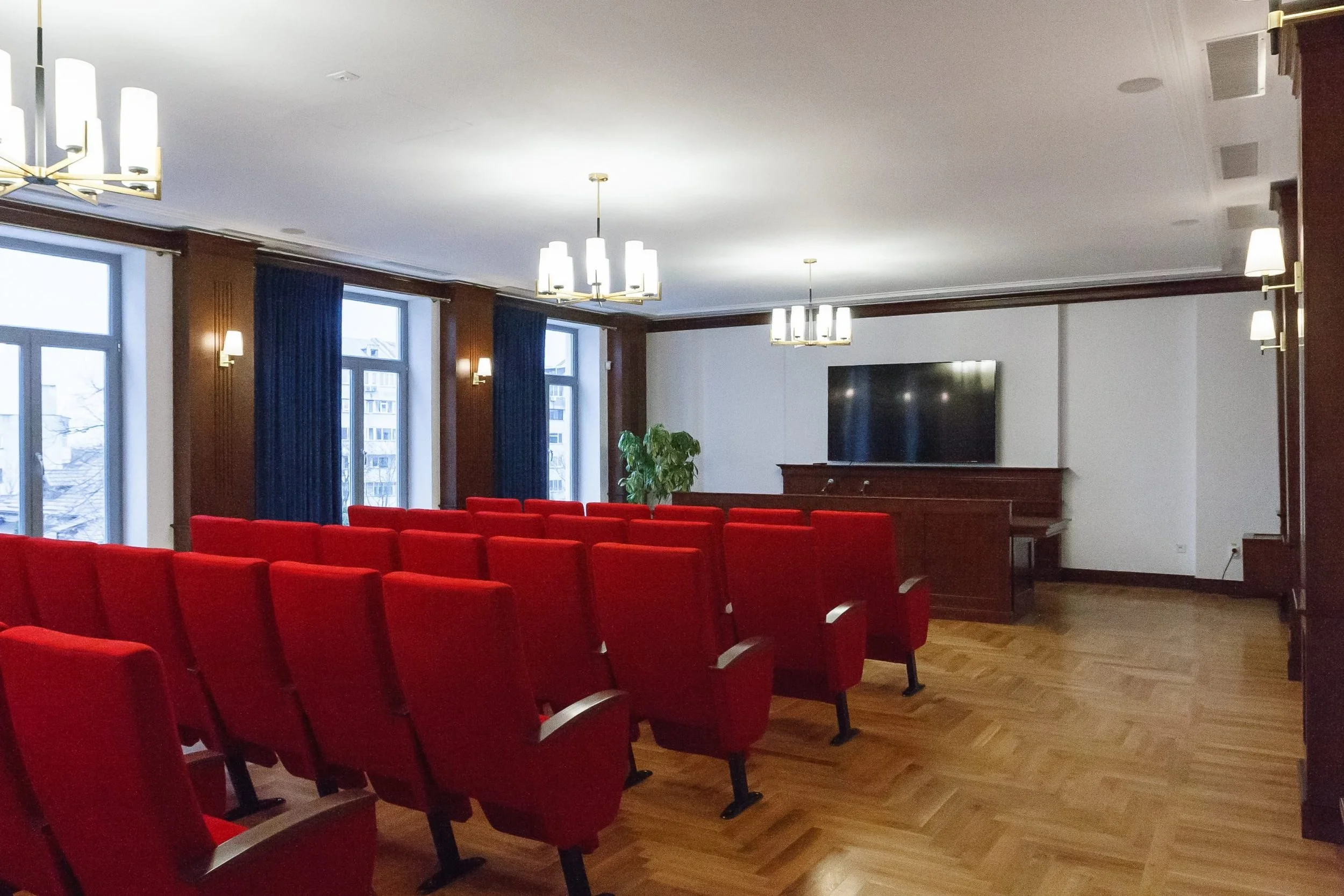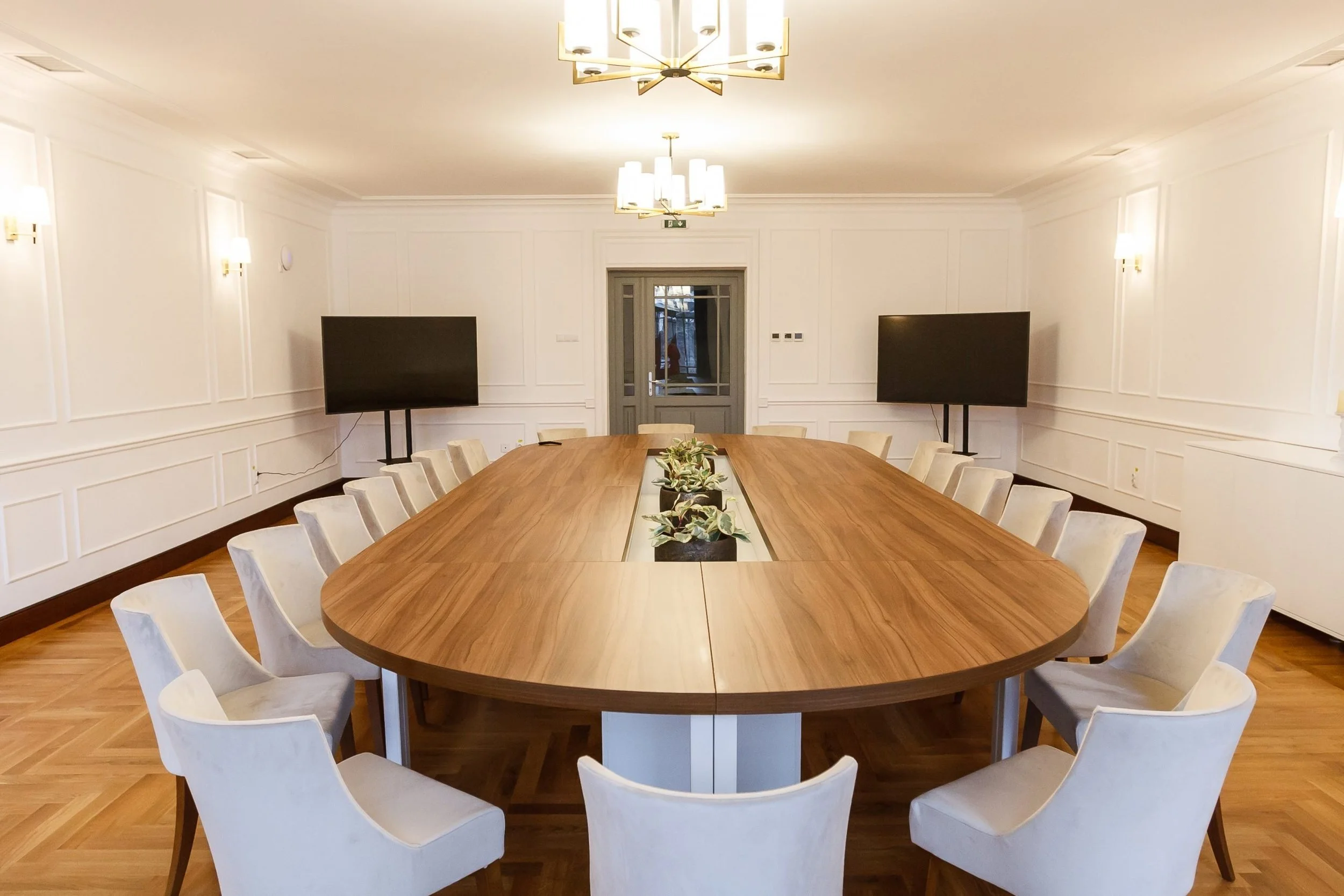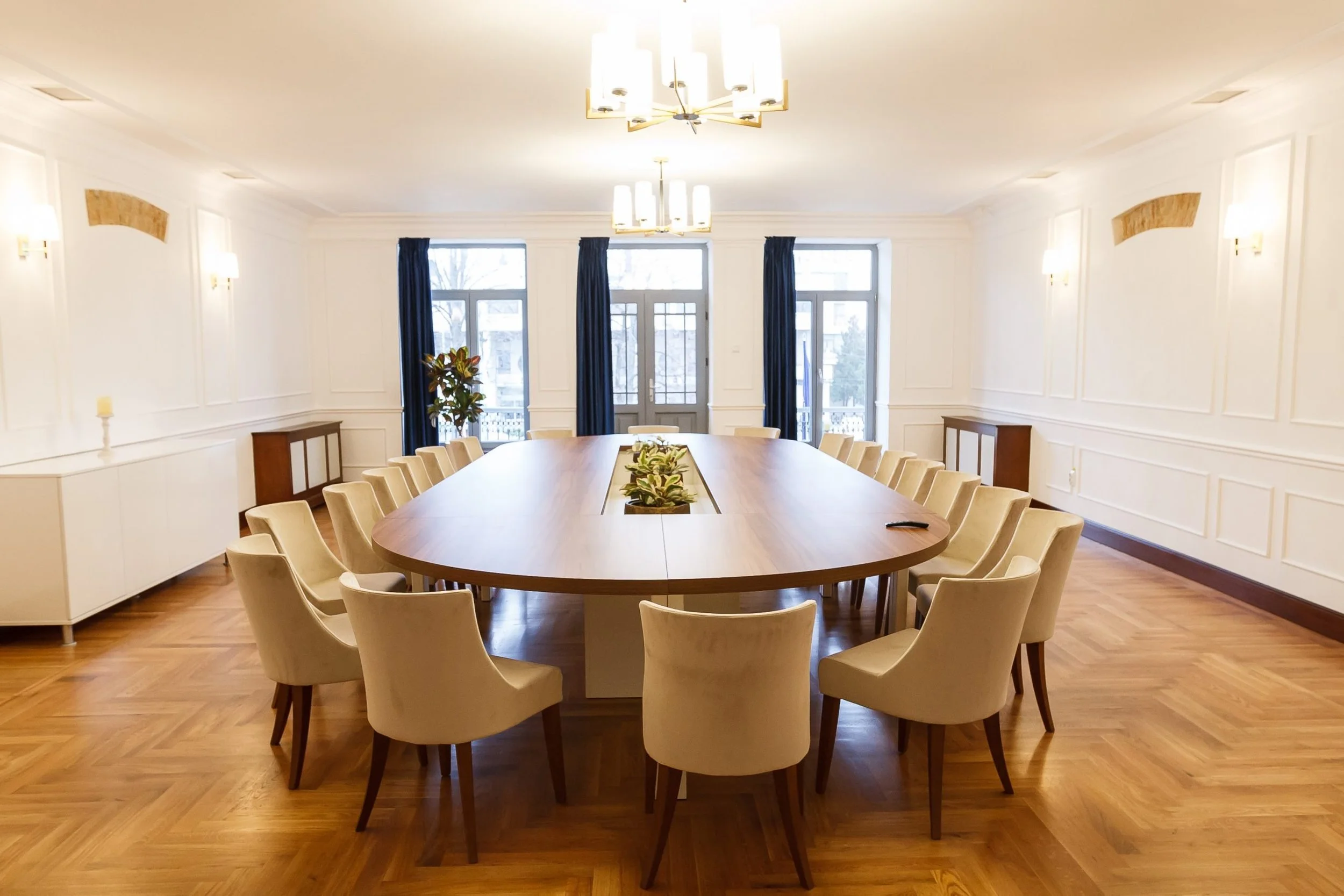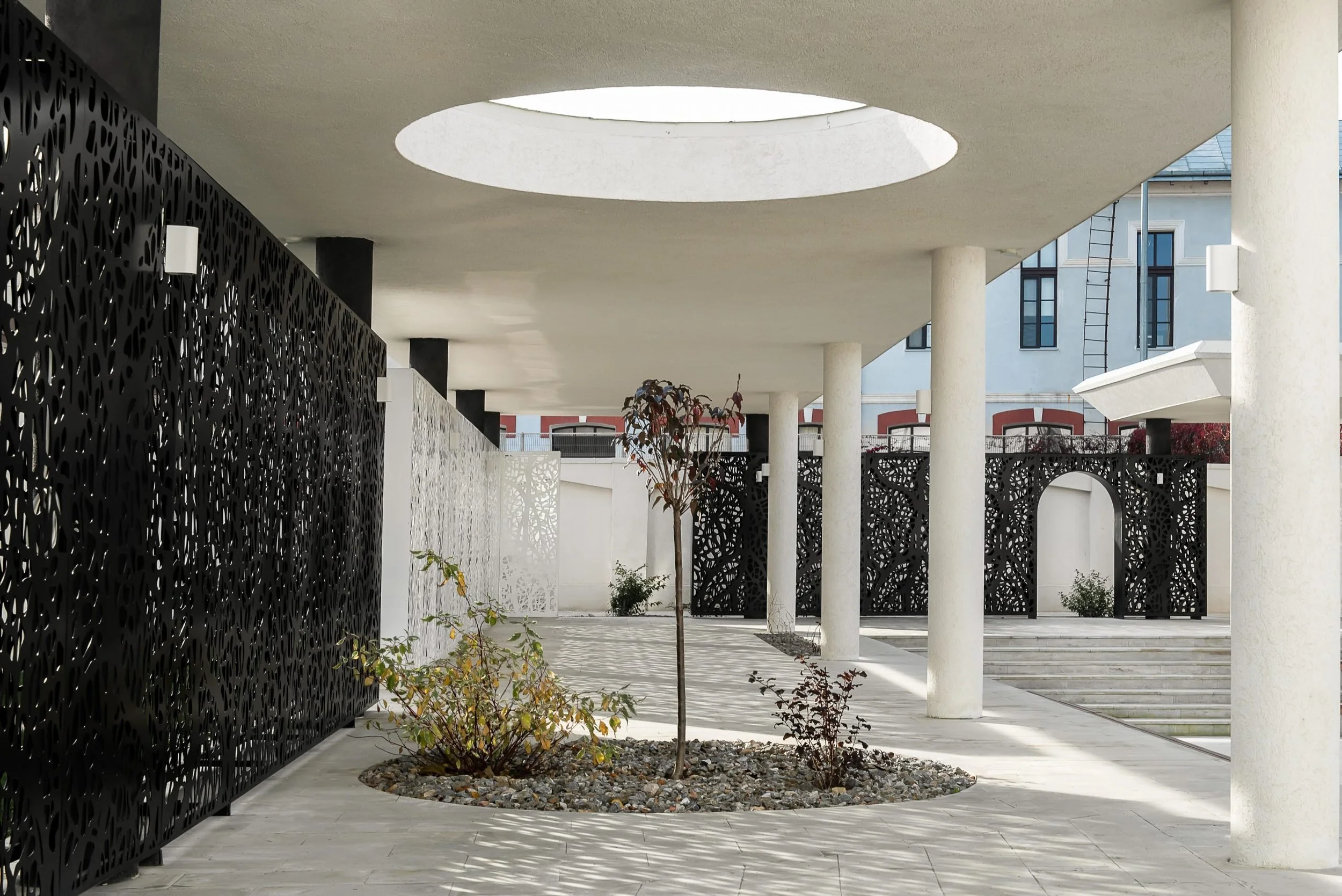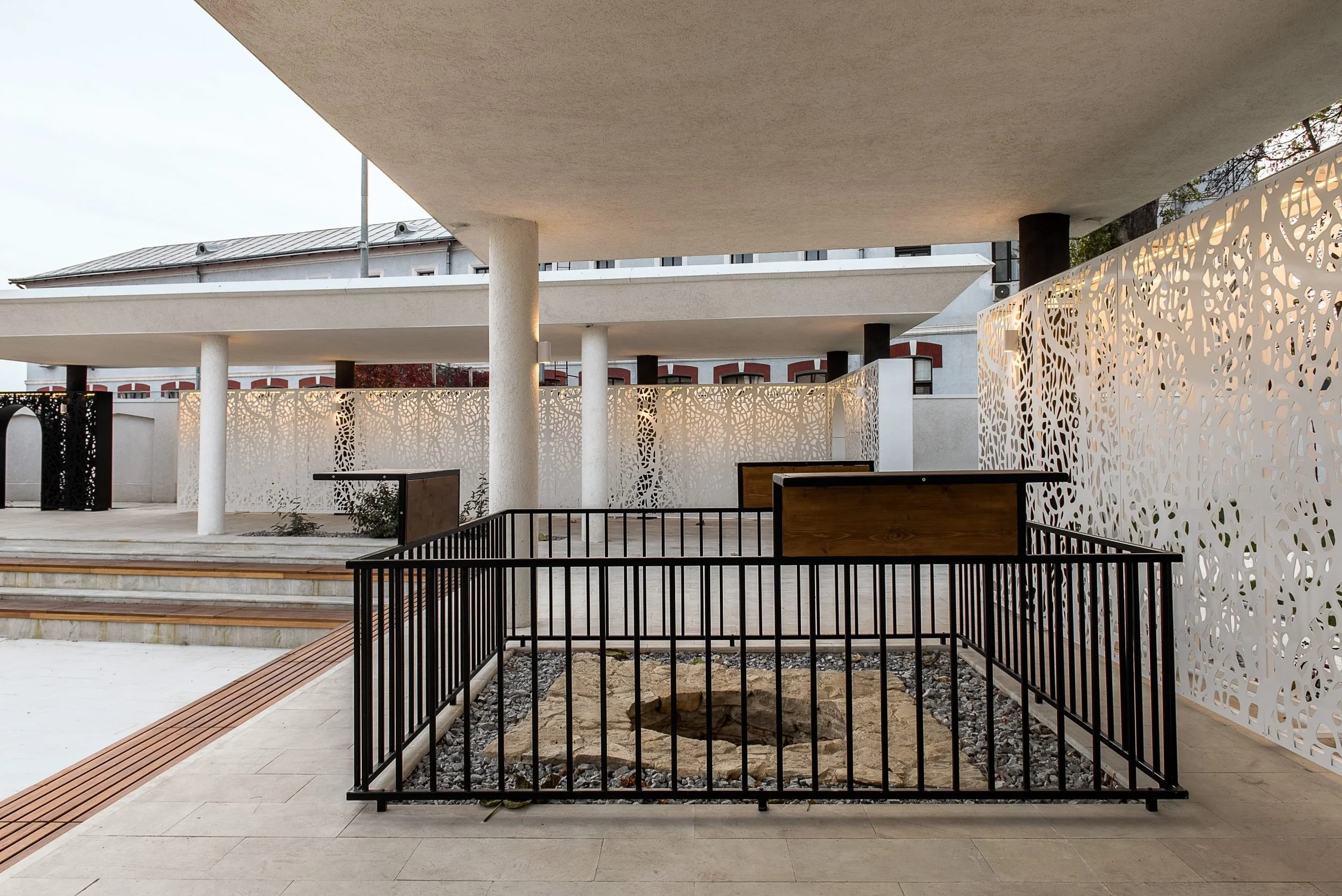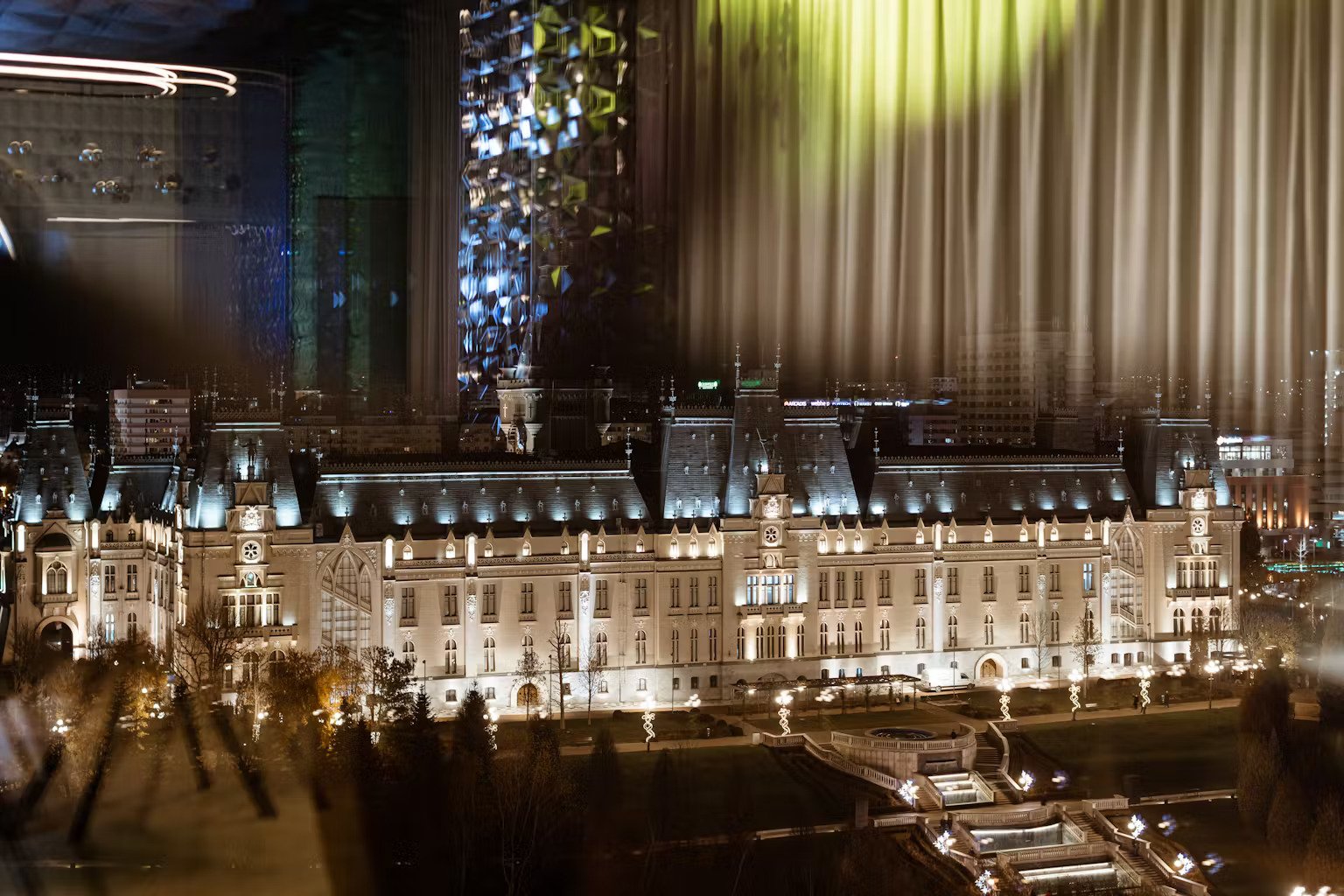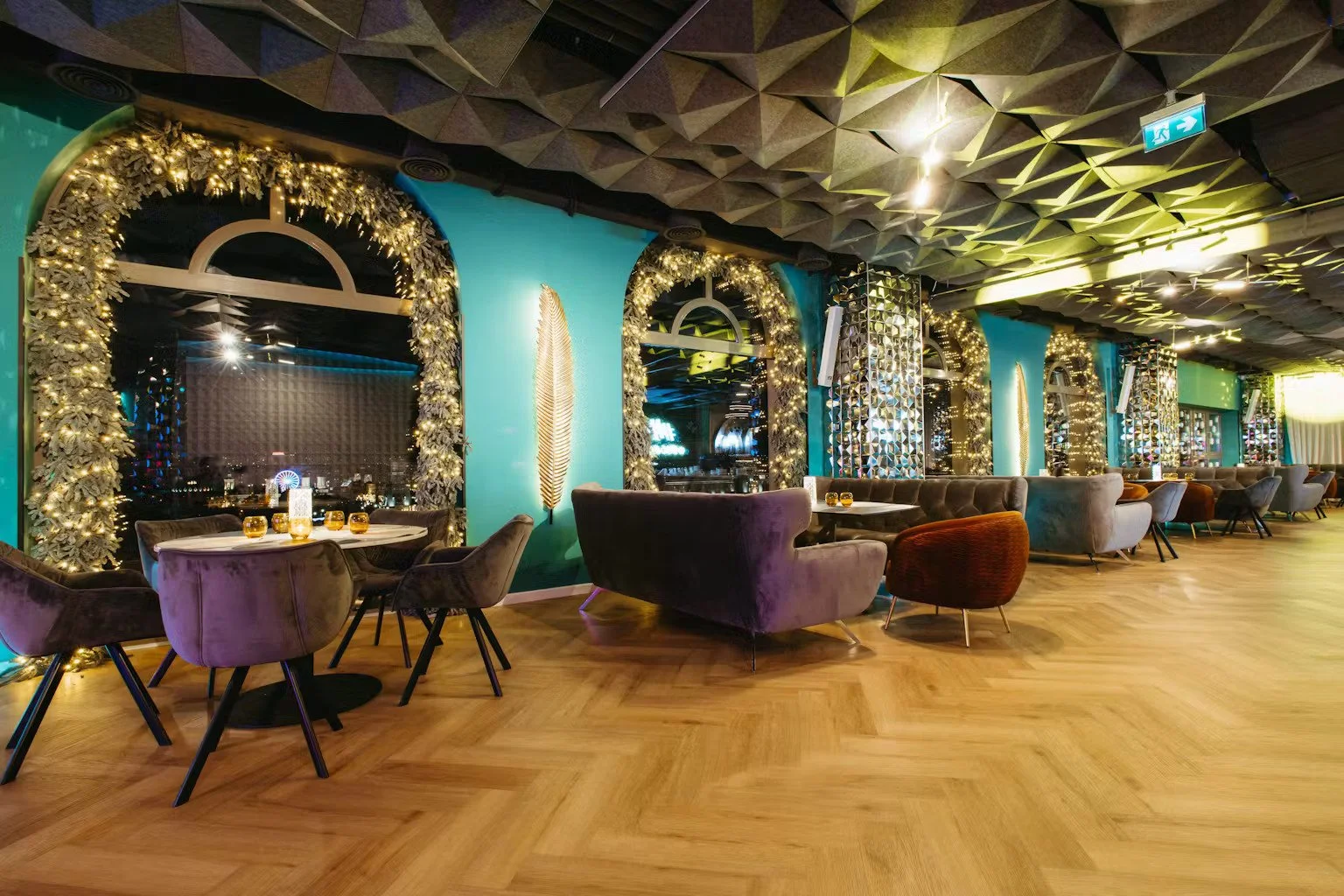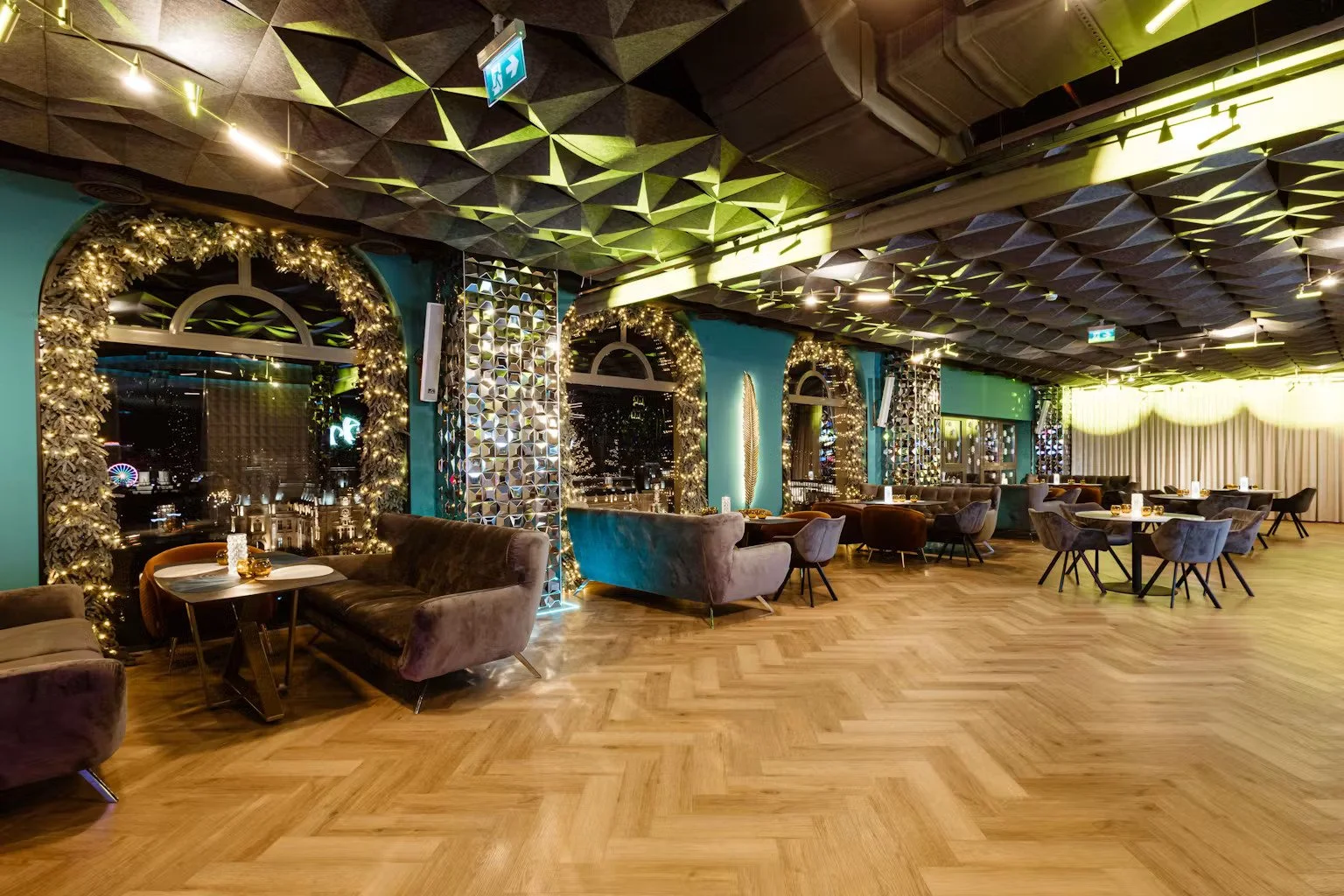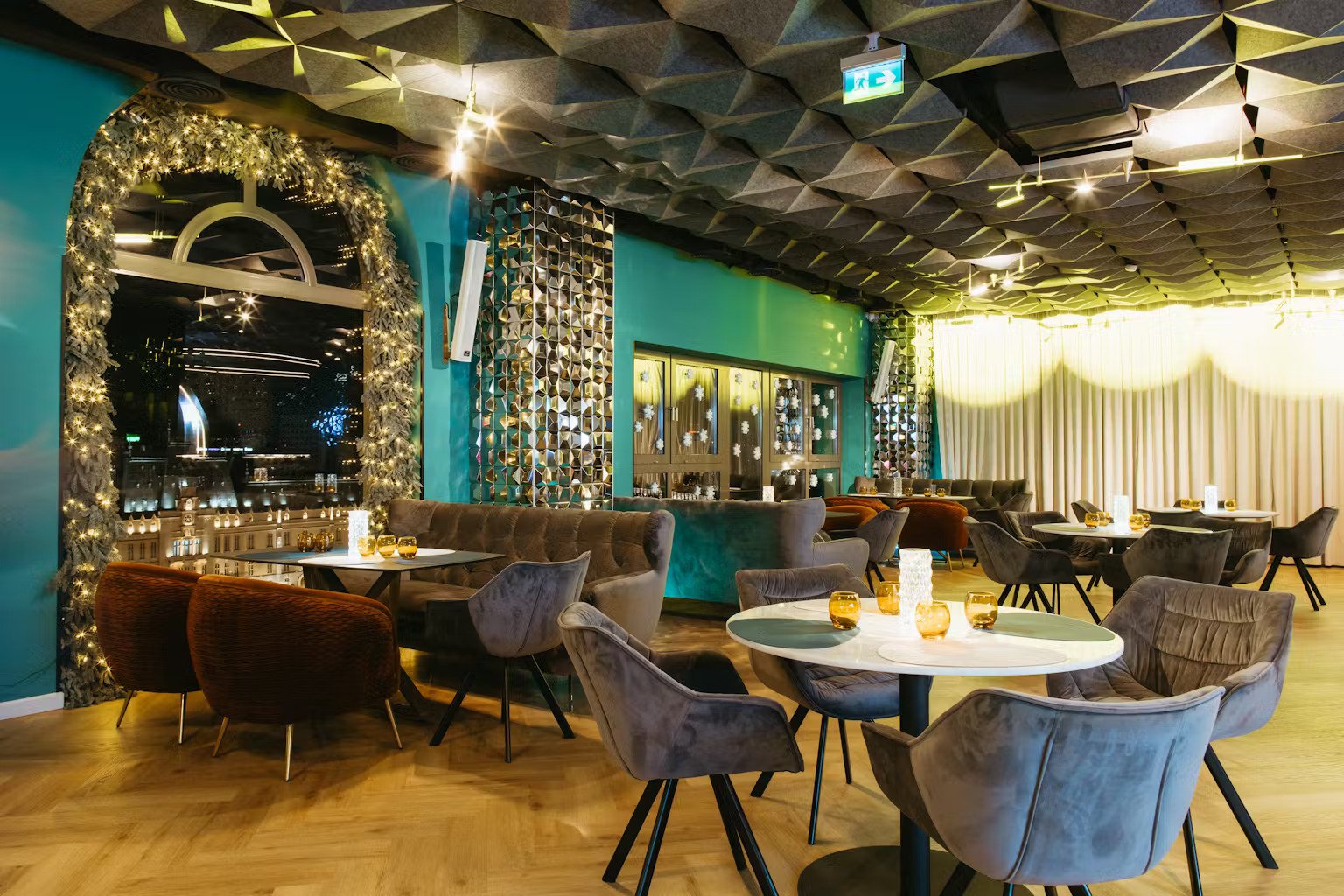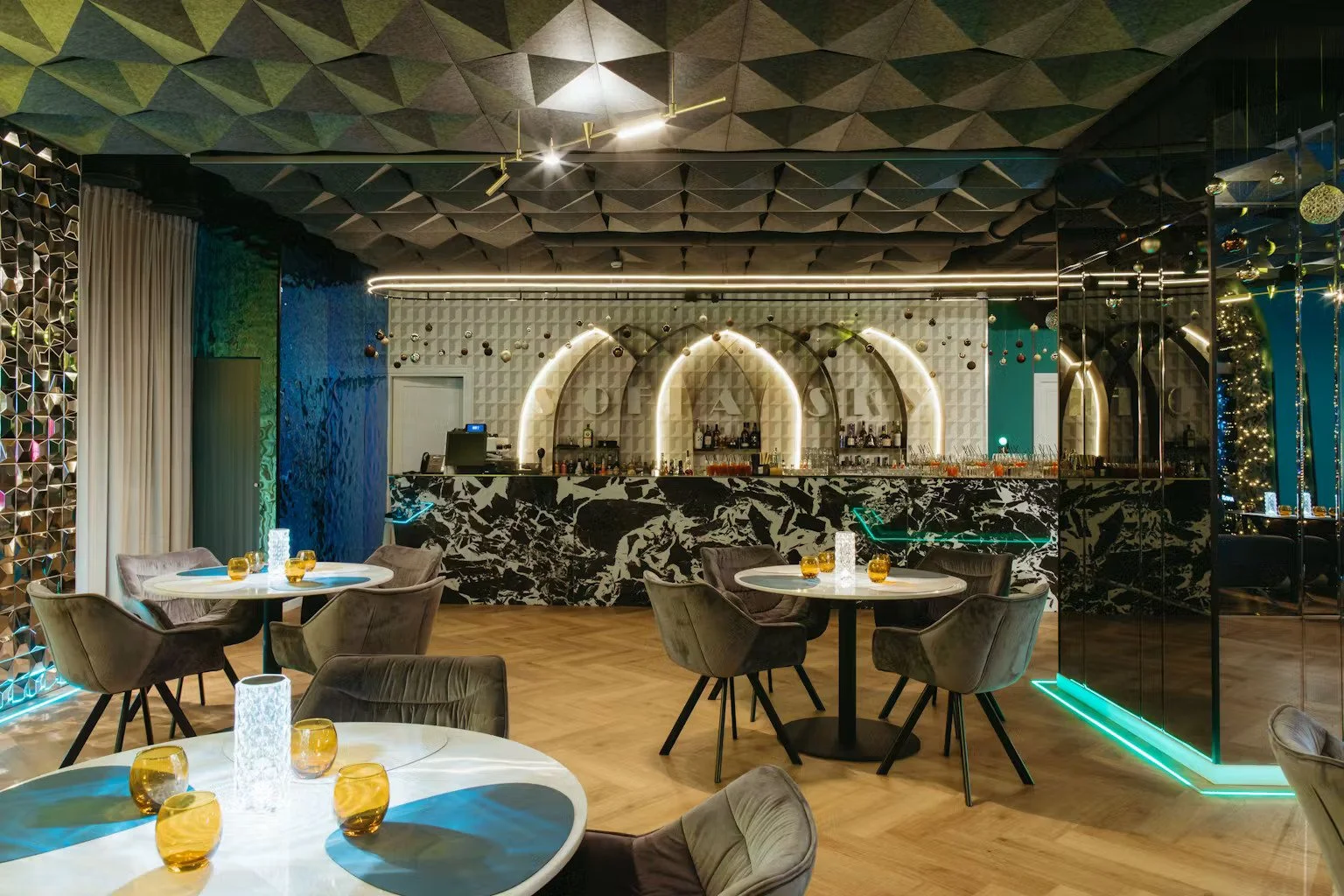
The Programme
Although the full programme will be released at a later date, an overview of the colloquium’s structure and schedule is provided below.
The Organising Committee
Dr Mihai-Bogdan ATANASIU, aig (Iași, Romania), Delegate Administrator of the “Sever Zotta” Romanian Institute of Genealogy and Heraldry; Senior Researcher, Director of the Department of Social Sciences and Humanities, Institute of Interdisciplinary Research, “Alexandru Ioan Cuza” University of Iași.
Dr Tudor-Radu TIRON, AIH (Bucharest, Romania), Principal Secretary of the Académie Internationale d’Héraldique; President of the Bucharest Zonal Bireau of the National Commission of Heraldry, Genealogy, and Sigillography of the Romanian Academy; member of the “Sever Zotta” Romanian Institute of Genealogy and Heraldry; member of the “Paul Gore” Society for Heraldic, Genealogic, and Archival Studies; honorary member of the Transylvanian Heraldic and Vexillological Association.
Drăgan-George BASARABĂ (Timișoara, Romania), member of the National Commission of Heraldry, Genealogy, and Sigillography of the Romanian Academy; member of the “Sever Zotta” Romanian Institute of Genealogy and Heraldry; honorary member of the Transylvanian Heraldic and Vexillological Association.
The Scientific Committee
Dr Ileana CĂZAN (Bucharest, Romania), President of the National Commission of Heraldry, Genealogy, and Sigillography of the Romanian Academy; member of the “Sever Zotta” Romanian Institute of Genealogy and Heraldry.
Dr Agnė RAILAITĖ-BARDĖ, AIH (Lithuania), President of the Lithuanian Heraldry Commission; Researcher, Lithuanian Institute of History.
Mrs Elizabeth ROADS, AIH (the United Kingdom), President of the Académie Internationale d’Héraldique; member of the Heraldry Society (Scotland); Honorary Fellow of the Royal Heraldry Society of Canada.
Prof Dr Maria Magdalena SZÉKELY, AIG (Iași, Romania), member of the “Sever Zotta” Romanian Institute of Genealogy and Heraldry; Faculty of History, “Alexandru Ioan Cuza” University of Iași.
Dr Silviu ANDRIEȘ-TABAC, aih (Chișinău, Moldova), State Heraldist of the Republic of Moldova; Vice President of the National Commission of Heraldry of Moldova; member of the National Commission of Heraldry, Genealogy, and Sigillography of the Romanian Academy; President of the “Paul Gore” Society for Heraldic, Genealogic, and Archival Studies; member of the “Sever Zotta” Romanian Institute of Genealogy and Heraldry; member of the Ukrainian Heraldry Society.
Prof Dr Stoyan ANTONOV, aih (Bulgaria), founding member of the Bulgarian Heraldry and Vexillology Society; Assistant Professor, Paisii Hilendarski University of Plovdiv.
Dr Mihai-Bogdan ATANASIU, aig (Iași, Romania), Delegate Administrator of the “Sever Zotta” Romanian Institute of Genealogy and Heraldry; Senior Researcher, Director of the Department of Social Sciences and Humanities, Institute of Interdisciplinary Research, “Alexandru Ioan Cuza” University of Iași.
Prof Dr Luc DUERLOO, AIH (Belgium), Vice President of the Académie Internationale d’Héraldique; President of the Flemish Heraldic Council; Member of the Class of the Humanities of the Royal Flemish Academy of Belgium for Science and the Arts; Professor Emeritus, University of Anvers.
Prof Dr Ștefan S. GOROVEI, AIG (Iași, Romania), President of the “Sever Zotta” Romanian Institute of Genealogy and Heraldry; founding member of the National Commission of Heraldry, Genealogy, and Sigillography of the Romanian Academy.
Dr Cătălin HRIBAN (Iași, Romania), member of the “Sever Zotta” Romanian Institute of Genealogy and Heraldry; Senior Researcher, Institute of Archeology of the Romanian Academy.
Prof Dr Constantin ITTU (Sibiu, Romania), member of the National Commission of Heraldry, Genealogy, and Sigillography of the Romanian Academy; member of the “Sever Zotta” Romanian Institute of Genealogy and Heraldry; honorary member of the Transylvanian Heraldic and Vexillological Association; Associate Professor, “Lucian Blaga” University.
Prof Dr Martin SUNNQVIST, AIH (Sweden), President of the Societas Heraldica Lundensis; member of the Societas Heraldica Scandinavica; Associate Professor, University of Lund.
Dr Attila István SZEKERES, AIH, aig, FF (Sfântu-Gheorghe, Romania), President of the Transylvanian Heraldic and Vexillological Association; member of the National Commission of Heraldry, Genealogy, and Sigillography of the Romanian Academy; member of the “Sever Zotta” Romanian Institute of Genealogy and Heraldry; member of the “Paul Gore” Society for Heraldic, Genealogic, and Archival Studies; member of the Hungarian Society of Heraldry and Genealogy.
Dr Tudor-Radu TIRON, AIH (Bucharest, Romania), Principal Secretary of the Académie Internationale d’Héraldique; member the National Commission of Heraldry, Genealogy, and Sigillography of the Romanian Academy; member of the “Sever Zotta” Romanian Institute of Genealogy and Heraldry; member of the “Paul Gore” Society for Heraldic, Genealogic, and Archival Studies; honorary member of the Transylvanian Heraldic and Vexillological Association.
Dr Nicolas VERNOT, AIH (France), Visiting Researcher, CY Cergy Paris University; Temporary Researcher, UMR 9022 Héritages (CY Cergy Paris Université/CNRS/Ministry of Culture); member of the Société française d'héraldique et de sigillographie; coordinator of the project of recognition of Heraldry as Intangible Cultural Heritage by UNESCO.
Opening: The Voivodes’ Hall
The Palace of Culture in Iași is an iconic building constructed between 1906 and 1925 on the site of the former Moldavian princely court, replacing the old princely palace. The building is listed as a historic monument, and the ensemble also includes the ruins of the princely court.
Originally, the edifice served as the Administrative and Justice Palace. In 1955, its purpose was changed to a cultural one, becoming home to several cultural institutions in Iași, such as the Museum of History of Moldavia, the Museum of Ethnography of Moldavia, the Museum of Art, or the “Ștefan Procopiu” Museum of Science and Technology.
The main room in the Palace of Culture is the Voivodes’ Hall. Its name derives from the gallery of portraits of the princes who ruled the country over time, inspired by the model of European Medieval castles. Along the two long sides of the room, at the upper level, 50 faces are depicted, offering viewers a glimpse into Romanian national history through the portraits of the country’s most significant leaders, selected based on their importance to the history of the place as it was perceived in the first quarter of the 20th century.
The Sessions: Canta House
The House of Academics in Iași (Canta House) is a heritage building constructed around 1800 by grand boyar Iordache Cantacuzino alias Canta. The building was renovated by his son, Nicolae Canta in the 1840s and remodelled into its current form, featuring two large Corinthian-style columns and a central balcony.
Later, Alecu Canta rented the house to the Russian Post Office, which handled mail from Chișinău, Kiev, and St Petersburg. In subsequent years, the artist Eugen Ghika-Budești lived there.
Peytavin’s 1857 cadastral plan shows the property divided into two parts: a front garden and a rear section with four outbuildings for administrative purposes. The courtyard was accessed via Strada Toma Cozma and enclosed by a stone wall.
The sessions will be held in the “Ion Simionescu” Room, while the meetings of the International Academy of Heraldry will take place in the “Vespasian Pella” Room. For lunch, attendees will use the restaurant located downstairs. The terrace is also available for cigarette breaks or as a gathering place.
Gala Dinner: Hotel International
Located in the city centre of Iași, Romania, part of the newest modern complex in Moldova – Palas – the 4-star Hotel International is the most elegant business, leisure, and events location in the Moldavian capital. One of the few hotels in Iași with views to the Palace of Culture, many consider it to be one of the best hotels in the city centre. The hotel is proud to have been recognized for its superior service and hospitality with a number of outstanding awards, including the TripAdvisor Travelers’ Choice Award, Certificate of Excellence and Top Hotel Awards.
We are delighted to host you at the Sofia Sky Lounge, an elegant setting perched on the 11th floor of Hotel International. From here, you can take in the breathtaking panoramic view of the city, while enjoying exquisite drinks, fine cuisine, and engaging conversations in a refined yet relaxed atmosphere. Some visit Sofia Sky Lounge simply to admire the impressive scenery, and for the gala dinner, we invite you to do the same—while celebrating this special heraldic occasion together.
Begun in 1978, the series of international colloquia on heraldry will reach its 23rd edition in 2025.
These events have been hosted by the following countries: Austria (1999), Belgium (1985, 2009, 2019), Denmark (2017), Switzerland (1978, 2011), France (1983, 1989, 2003, 2015), Germany (1997, 2007), Italy (1981, 1987), the Netherlands (2001), Poland (1995), Spain (1991), the United Kingdom (1993, 2013), Russia (2005), and Sweden (2023). Now it is Romania’s turn to host.
Typically held every two years and alternating with the International Congresses of Genealogy and Heraldry, the International Colloquia of the Académie Internationale d’Héraldique represent the foremost event dedicated exclusively to specialists in the science and art of heraldry, as well as in related disciplines (such as vexillology, sigillography, phaleristics, etc.).
In agreement with the leadership of the principal scientific organisation in this field, the Académie Internationale d’Héraldique (founded in 1949), the 23rd International Colloquium on Heraldry will take place in Iași from 27th to 30th August 2025. Its theme will be Heraldry and Particularism: National, Cultural, and Religious Identities Reflected in Coats of Arms. The colloquium will be organised by the “Sever Zotta” Romanian Institute of Genealogy and Heraldry and the International Academy of Heraldry, under the auspices of the Royal Family of Romania, in collaboration with the “Moldova” National Museum Complex and “Alexandru Ioan Cuza” University of Iași.
In addition to the organisers, we must also acknowledge our partners, namely the Municipality of Iași, the Iași County Service of the National Archives of Romania, the National Commission for Heraldry, Genealogy, and Sigillography of the Romanian Academy, the National Museum of Romanian Literature, the “Queen Marie” Municipal Museum, the Balkan History Association, and the Transylvanian Heraldic and Vexillological Association.






